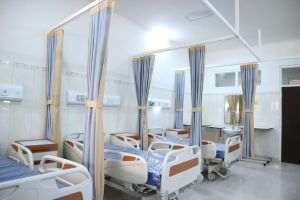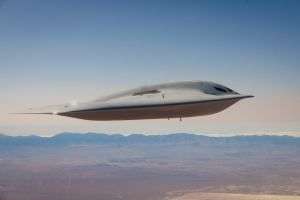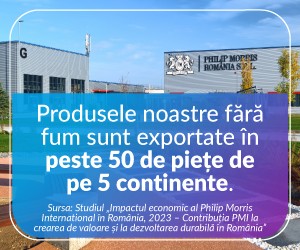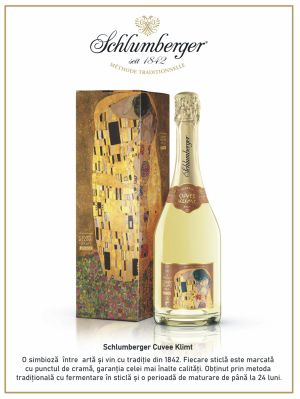The competition for the purchase by the Ministry of National Defense (MApN) of 298 infantry fighting vehicles (IFVs), a contract worth up to 3 billion euros, is fierce and one that could change Romania's strategic and industrial balance for decades to come. At the center of this competition are the big names of the defense industry: the South Korean company Hanwha Aerospace with its "Redback" vehicle, the German giant Rheinmetall with its "Lynx", but also other important players such as BAE Systems (CV90), General Dynamics European Land Systems (ASCOD 2) and Otokar (Tulpar).
The security context of NATO's eastern flank, the tensions generated by the war in Ukraine and Romania's desire for logistical and industrial autonomy make the decision much more than a simple acquisition.
From the data communicated by Hanwha and taken over by the media, several elements emerge that put the South Korean company's strategy in a special light: Redback is presented as the only option validated according to an Australian "Risk Mitigation Assessment" (considered among the most rigorous Western tests), which gives added credibility at the end of the equipment chain. In addition, Hanwha promises that 70% of the program will be located in Romania (including the engine, turret, systems integration) and the delivery of the entire batch by 2030. At the same time, the company warns about the logistical dependence in the event of a win for the Lynx combat vehicle: Rheinmetall's logistical chain is concentrated in Hungary, which would place Romania in a vulnerable position in the event of a crisis. On the other hand, Rheinmetall presents its participation in Romania via the Mediaş factory, investments in local production and maintenance, but also the modularity of the Lynx vehicle.
The Hanwha Aerospace Redback vehicle has an estimated combat weight of about 42 tons, with a turret that can weigh about 6 tons, and a crew of three (commander, gunner, pilot) plus eight soldiers carried. The main armament is a 30 mm Mk44S Bushmaster II cannon capable of firing 30 × 173 mm ammunition, including programmable air-burst rounds, and can be easily upgraded to 40 mm Supershot by changing four components. The vehicle is equipped with independent suspension and composite rubber tracks for increased comfort and vibration reduction, an "Iron Fist" active protection system (APS), an integrated turret architecture with state-of-the-art sensors, and anti-gravity protection for the crew.
On the other hand, Rheinmetall's Lynx vehicle is designed as a new generation platform with an estimated combat mass of around 44-50 tons, equipped with an 18-liter diesel engine generating up to 1,140 hp, with automatic transmission and the ability to move on difficult terrain (60% gradeability, 30% lateral, 2.5-meter trench crossing). The Lynx's main armament is a Lance 2.0 turret with a 30 or 35-millimeter cannon capable of armor-piercing and programmable ammunition, a 7.62-millimeter coaxial machine gun and Spike LR2 anti-tank missiles with a range of up to about 5.5 kilometers. The transport compartment accommodates three crew members plus eight or up to 11 transported soldiers, and the vehicle is designed for modularity, complete digitalization of the fire control system, panoramic view for the commander, modern protection and ease of integration with the command-control network.
From the point of view of the Romanian industry, this is not just a "feature list”, but can be a rare chance to be truly integrated into global production chains, to generate jobs in high-value-added areas and to gain technological autonomy.
What is now at stake is a decision that must be based on the military operational needs of our country, on the speed of delivery, systemic compatibility with already existing platforms, maintenance costs, logistical infrastructure, possible external blockages and not on political games or momentary influences.
In this fierce competition for the MApN contract, Romania now has not only the option to buy an armored vehicle, but the chance to build a strategic industrial branch, to increase defense capacity, to integrate the armed forces into a logistics-industrial ecosystem prepared for the coming decades.



























































